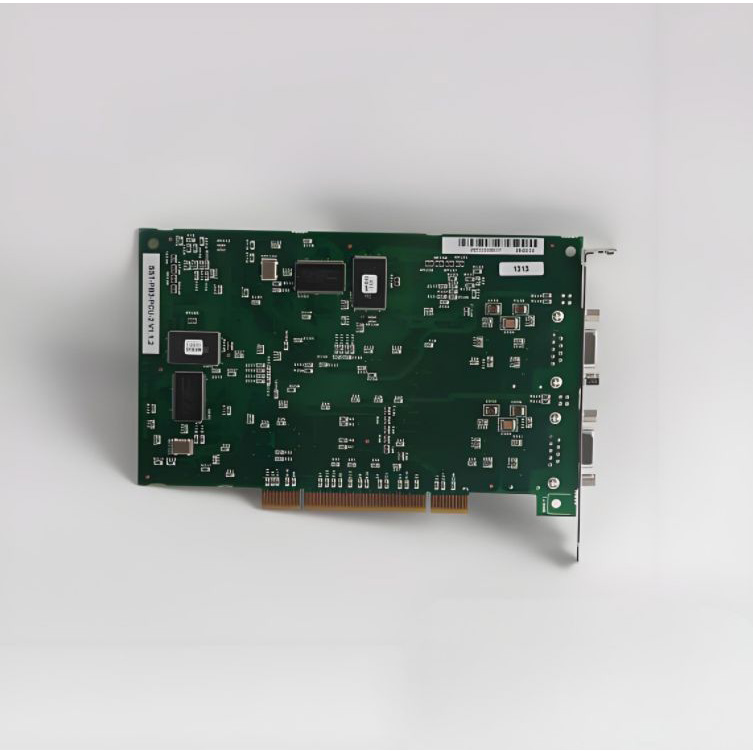Applications and Benefits of Woodward Modules
2024-07-18
Woodward modules are advanced control and automation systems used primarily in the energy and aerospace industries. They are known for their precision, reliability, and ability to optimize the performance of complex machinery and processes. Here are the key features, applications, and benefits of Woodward modules:
Key Features:
1. Control Systems:
- Turbine Controls: For gas, steam, and hydro turbines.
- Engine Controls: For diesel, gas, and dual-fuel engines.
- Compressor Controls: For centrifugal and axial compressors.
2. Automation:
- PLC and SCADA Systems: Programmable logic controllers and supervisory control and data acquisition systems for industrial automation.
- HMI Interfaces: Human-machine interfaces for monitoring and controlling processes.
3. Performance Optimization:
- Fuel Efficiency: Advanced algorithms for optimizing fuel consumption.
- Emissions Control: Systems designed to minimize environmental impact.
4. Safety and Reliability:
- Redundancy: Built-in redundancy for critical applications to ensure reliability.
- Fail-Safe Mechanisms: Designed to automatically handle failures and maintain safe operation.
5. Integration:
- Compatibility: Seamless integration with other industrial systems and equipment.
- Communication Protocols: Supports multiple communication protocols (e.g., Modbus, Ethernet, CAN bus).
6. Diagnostics and Monitoring:
- Real-Time Data: Continuous monitoring and data collection for analysis.
- Predictive Maintenance: Tools for predicting maintenance needs and preventing downtime.
7. Customization:
- Tailored Solutions: Customizable to meet specific operational requirements.
- Scalability: Scalable systems that can grow with operational demands.
Applications:
1. Energy Industry:
- Power Generation: Control systems for turbines and generators in power plants.
- Renewable Energy: Controls for wind turbines, solar power systems, and hydroelectric plants.
2. Aerospace Industry:
- Aircraft Engines: Control modules for optimizing engine performance and fuel efficiency.
- Aviation Systems: Automation and control systems for various aerospace applications.
3. Industrial Applications:
- Manufacturing: Automation systems for improving manufacturing efficiency and productivity.
- Process Industries: Controls for chemical, pharmaceutical, and food processing plants.
4. Marine Applications:
- Ship Engines: Engine controls and automation systems for marine vessels.
- Offshore Platforms: Control systems for offshore oil and gas platforms.
5. Transportation:
- Rail Systems: Controls for optimizing performance and safety in rail transport.
- Heavy Machinery: Automation systems for construction and mining equipment.
Benefits:
1. Enhanced Performance:
- Efficiency: Optimizes performance, leading to improved efficiency and lower operational costs.
- Precision: High precision in control and automation ensures better process outcomes.
2. Safety and Reliability:
- Operational Safety: Ensures safe operation through robust fail-safe mechanisms and redundancy.
- Reliability: High reliability reduces downtime and maintenance costs.
3. Environmental Compliance:
- Emissions Reduction: Helps meet regulatory requirements for emissions and environmental impact.
- Sustainability: Supports sustainability initiatives through efficient resource use.
4. Cost Savings:
- Operational Costs: Reduces fuel consumption and maintenance costs.
- Lifecycle Costs: Lowers total cost of ownership through extended equipment life and reduced downtime.
5. Flexibility and Scalability:
- Custom Solutions: Can be tailored to specific needs, providing flexibility in various applications.
- Scalable Systems: Scalable to accommodate growth and changes in operational demands.
Popular Woodward Modules:
- 505 and 505XT Controllers: For steam and gas turbines.
- Atlas-II and MicroNet Plus: For comprehensive turbine and engine control.
- EasyGen Series: For generator set control and paralleling.
- Peak200 and Peak150: For compressor control.
Considerations:
1. Integration Needs:
- Ensure compatibility with existing systems and infrastructure.
- Plan for seamless integration with other control and monitoring systems.
2. Training and Support:
- Adequate training for operators and maintenance personnel.
- Access to technical support and maintenance services.
3. Regulatory Compliance:
- Compliance with industry standards and regulations.
- Regular updates and upgrades to meet changing regulatory requirements.
4. Initial Investment:
- Consider the upfront cost and potential ROI.
- Evaluate long-term benefits and cost savings.
Woodward modules play a critical role in optimizing the performance, safety, and efficiency of complex industrial and energy systems. Their advanced features and reliable performance make them a valuable asset in various high-demand applications.



